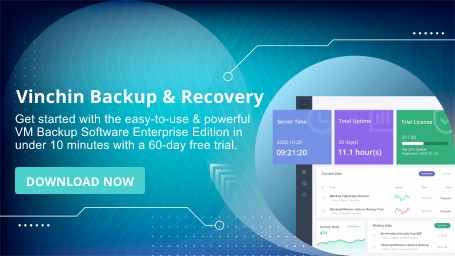-
What is Active-active failover?
-
How Active-active failover works?
-
Differences between active-active failover and active-passive failover
-
Advantages of active-active failover
-
Common application scenarios for active-active failover
-
Backup is essential for data protection
-
Active-active failover FAQs
-
Conclusion
What is Active-active failover?
Active-active failover is a High Availability (HA) architecture designed to ensure high reliability and continuous operation of critical services, applications or systems. It does this by using multiple active nodes (servers, database instances, virtual machines, etc.) to ensure that when one node fails, the others can automatically take over and maintain uninterrupted service. Unlike the traditional active-passive failover model, all nodes in the active-active architecture are working simultaneously, carrying business traffic and sharing workloads through a load balancing mechanism.
How Active-active failover works?
Load balancer distributes traffic: In active-active architecture, load balancer distributes traffic or requests to multiple active nodes. The load balancing policy can be adjusted based on polling, minimum number of connections, weighted allocation, etc.
Data synchronization: All nodes must maintain data consistency to ensure that each node provides the most up-to-date service. This is usually achieved through synchronous replication or distributed storage. For example, multiple instances of a database system are synchronized to ensure data consistency.
Automatic failover: If a node fails, a healthy node takes over. This process is automatic and usually requires no human intervention, enabling seamless service switching and avoiding downtime.
Differences between active-active failover and active-passive failover
Comparison | Active-Active Failover | Active-Passive Failover |
Node Status | All nodes are active and participate in processing traffic and tasks. | Only one node is active, and the other node is a standby, idle node. |
Performance | Multiple nodes share the load, improving system throughput and response time. | Only one node handles the load, with the standby node activating only when the primary node fails. |
Failover | Failover is fast, with other nodes automatically taking over tasks, usually with no downtime. | When a failure occurs, the standby node activates, which may result in brief downtime. |
Data Consistency | All nodes must maintain data consistency through synchronous replication. | Data is synchronized between the primary and standby nodes, but the standby node typically does not handle data processing. |
Use Cases | High-concurrency, high-traffic systems requiring high performance and continuous availability. | Systems with lower performance demands but requiring simple backup and disaster recovery solutions. |
Complexity | The system architecture is more complex, requiring the management of multiple active nodes to ensure data consistency. | Simpler, with only one active node and a static standby node. |
Advantages of active-active failover
High availability: all nodes are in active state, if one node fails, other nodes can automatically take over, reducing system downtime.
Load balancing and performance enhancement: Multiple nodes work together to process requests and data, significantly improving system performance and throughput, suitable for highly concurrent application scenarios.
Fault tolerance: Even if some nodes fail, the system can still maintain operation without affecting the user experience.
Dynamic expansion: the system can be easily expanded by adding more nodes to improve processing capacity and adapt to the growing traffic and data demand.
Common application scenarios for active-active failover
Database High Availability (HA): e.g. MySQL Group Replication, SQL Server Always On, PostgreSQL BDR, these databases use Active-Active architecture for high availability and load balancing.
Virtualization platforms: such as VMware vSphere HA, Proxmox VE Cluster, these platforms use Active-Active architecture to ensure high availability of virtual machines.
Web services and applications: the active-active architecture is implemented through load balancers (e.g., Nginx, HAProxy) to ensure high availability and scalability of web services.
Distributed storage: Distributed storage systems such as Ceph, GlusterFS, which utilize the active-active architecture to ensure high availability and consistency of data.
Backup is essential for data protection
Backup solutions play a crucial role in data protection and disaster recovery. Even with Active-active failover in place, there may still be risks to data integrity due to hardware failure, human error, or data corruption. In such cases, having a reliable backup solution ensures that you can recover your critical data even if your HA setup fails to protect it. Backup guarantees that you always have a safe copy of your data, ready to be restored in the event of a disaster.
Vinchin Backup & Recovery is a comprehensive backup solution designed for virtual machines running on platforms like Proxmox, VMware, Hyper-V, XenServer, XCP-ng, oVirt, and RHV. It offers powerful VM backup and recovery features, such as agentless backup, instant recovery, and V2V migration. These features are specifically designed to protect and manage critical data in virtualized environments, ensuring that your business can recover swiftly and continue operating without disruption.
Vinchin Backup & Recovery's operation is very simple, just a few simple steps.
1.Just select VMs on the host
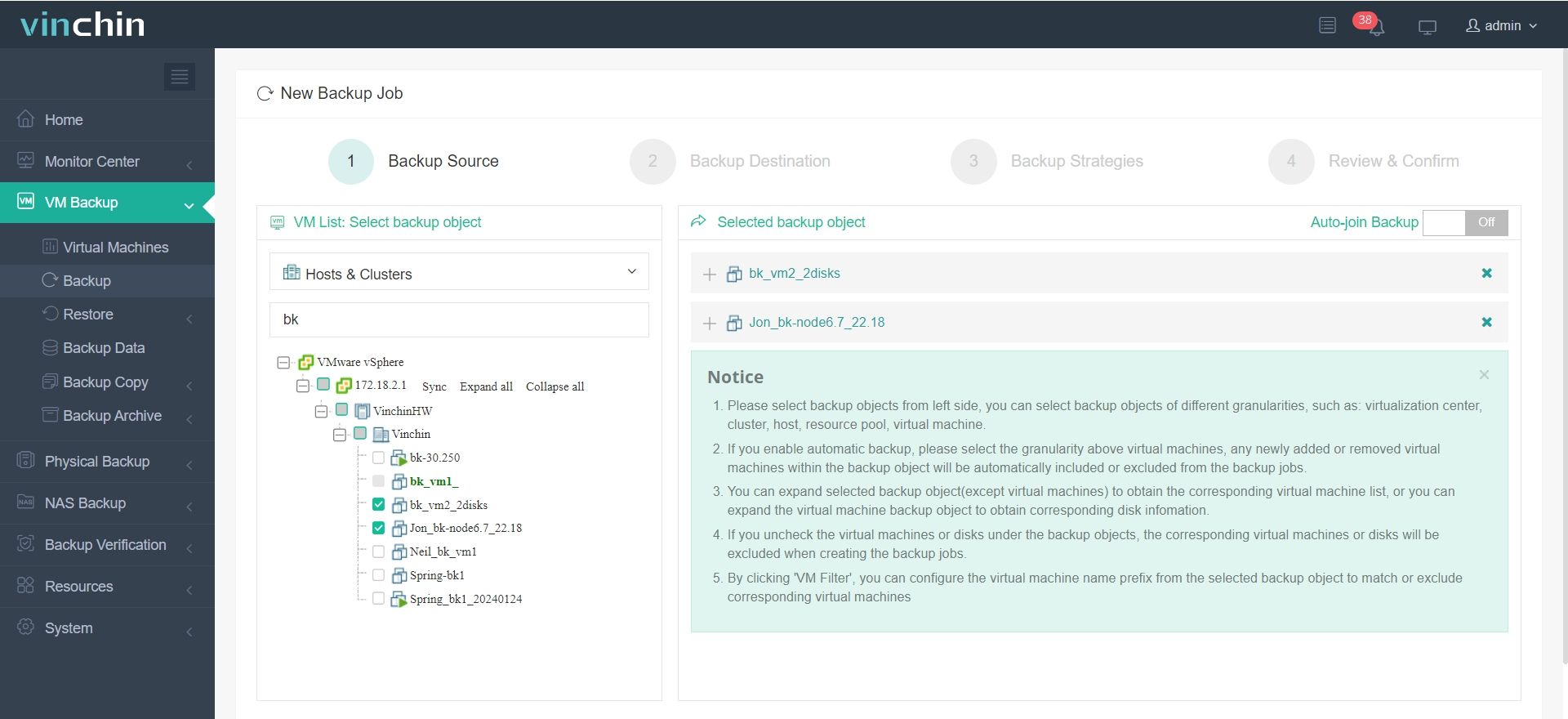
2.Then select backup destination
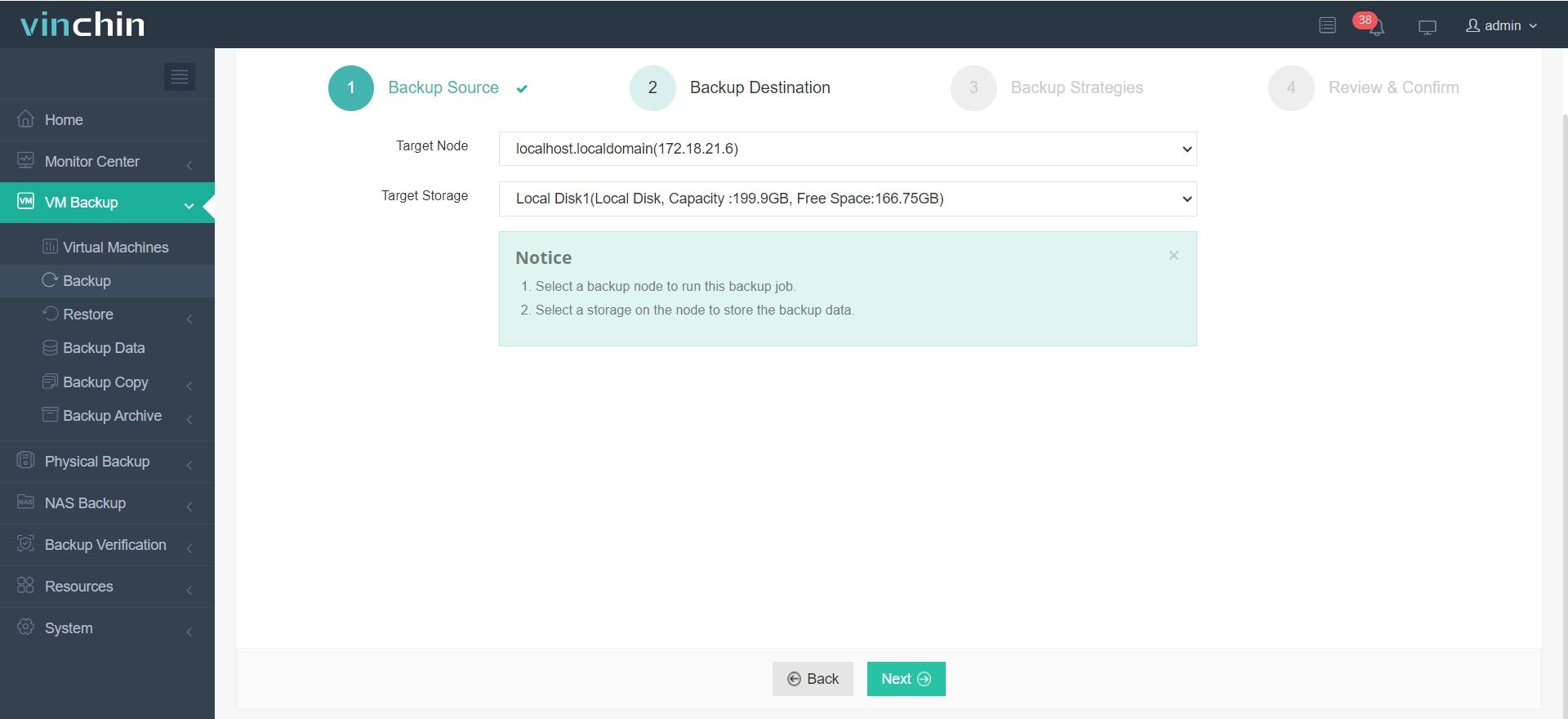
3.Select strategies
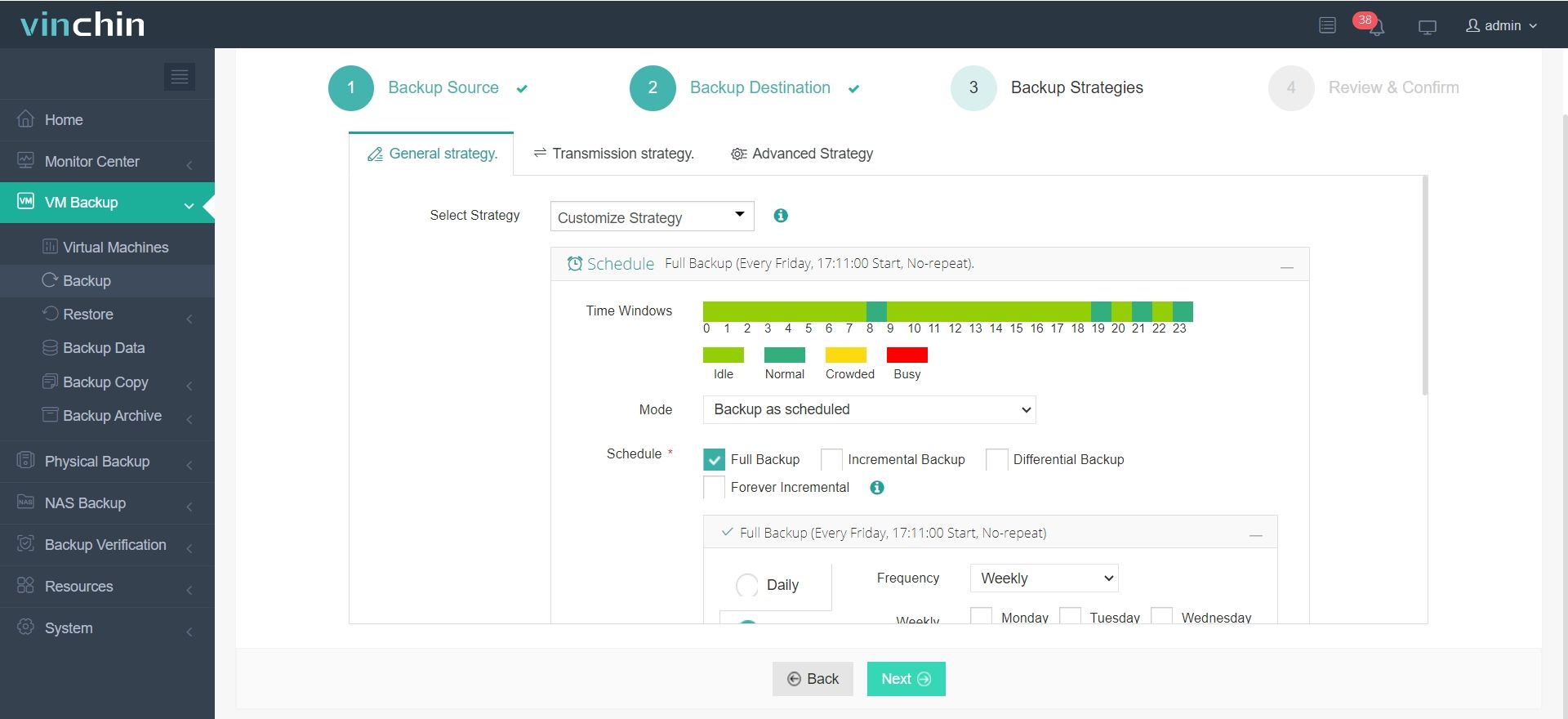
4.Finally submit the job
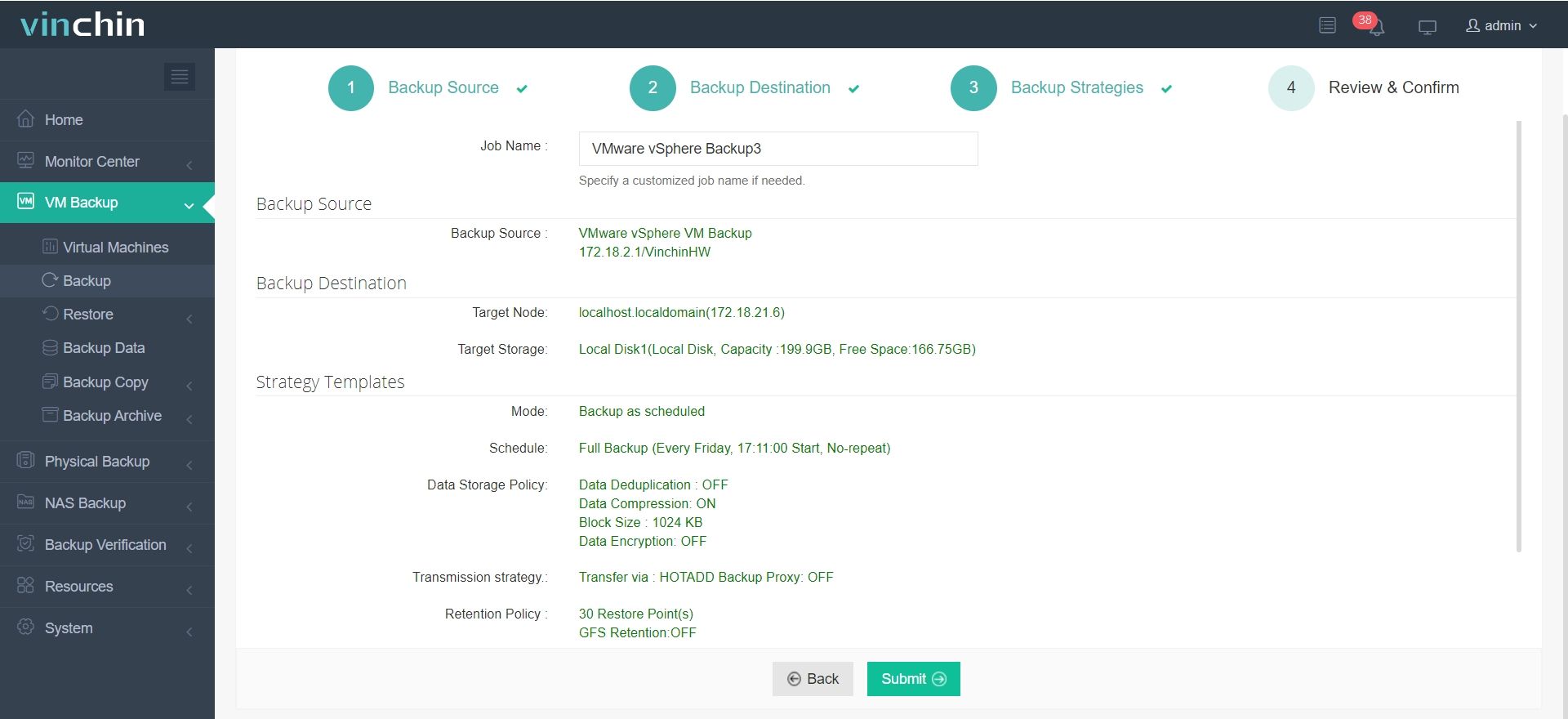
Vinchin offers a free 60-day trial for users to experience the functionality in a real-world environment. For more information, please contact Vinchin directly or contact our local partners.
Active-active failover FAQs
Q1: How to deal with data consistency issues?
A1: Maintaining data consistency is a challenge in an active-active architecture. Common approaches include the use of distributed databases, synchronous replication techniques (e.g., MySQL's master-master replication), and consensus algorithm-based (e.g., Raft or Paxos) solutions to ensure data consistency and reliability.
Q2: The importance of a disaster recovery plan?
A2: Even with active-active Failover, it is still essential to have a comprehensive disaster recovery plan in place. This includes regular backups, off-site disaster recovery, and detailed recovery steps for possible larger scale failures or disasters.
Conclusion
Active-active failover ensures high availability and continuous operation by using multiple active nodes, but it cannot replace backup. A reliable backup solution, such as Vinchin Backup & Recovery, guarantees data protection and recovery, even when HA systems fail.
Share on:


